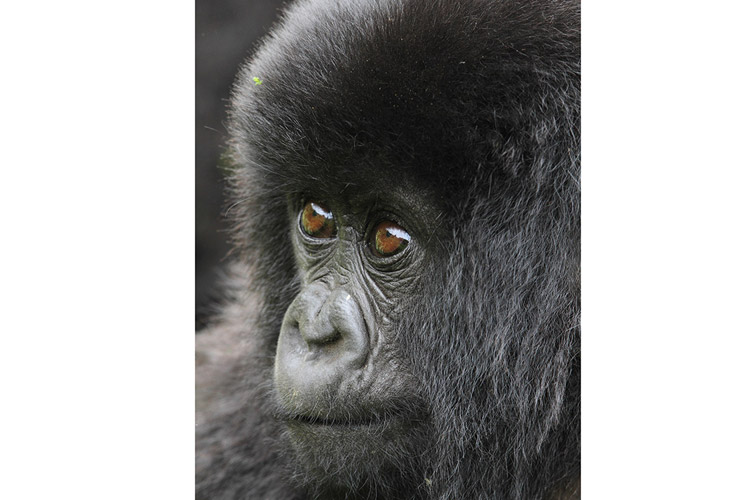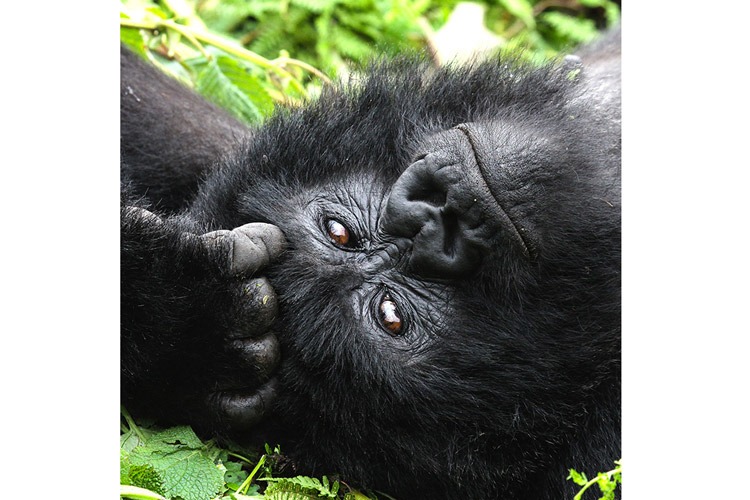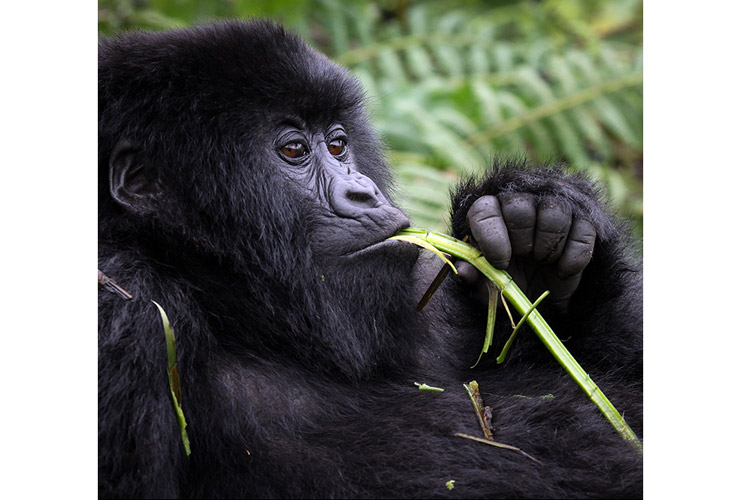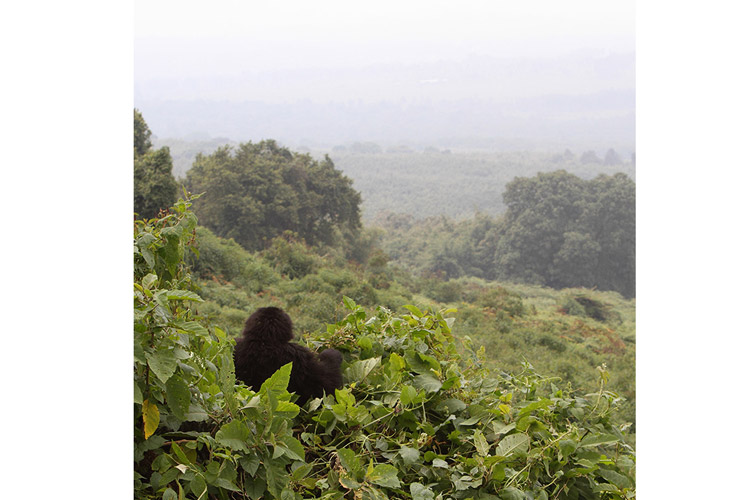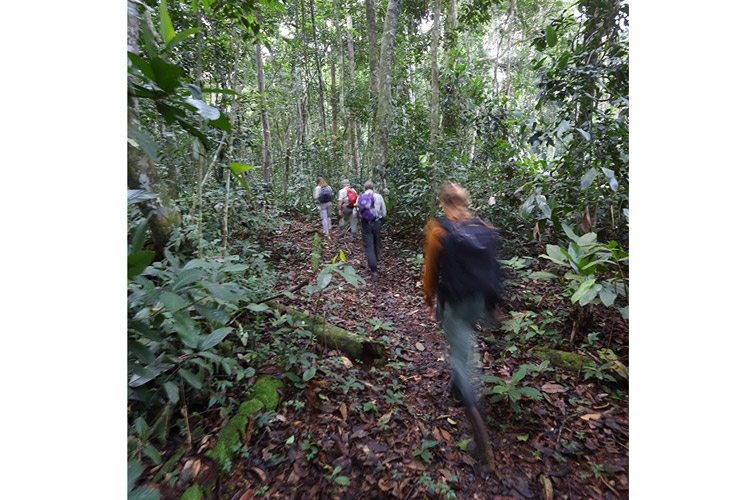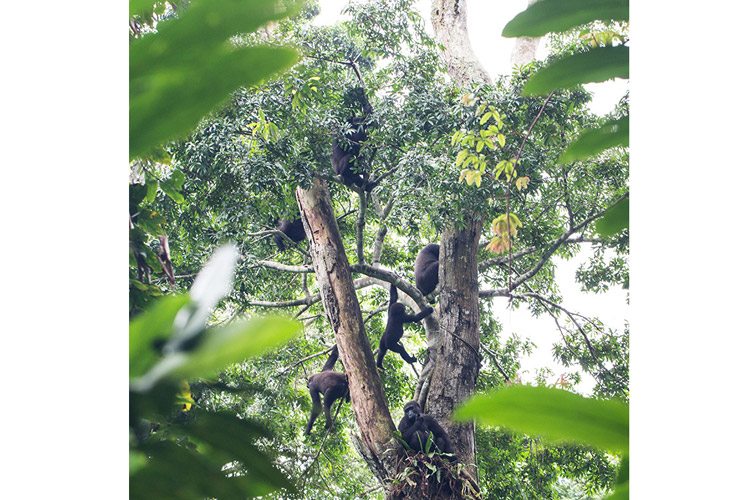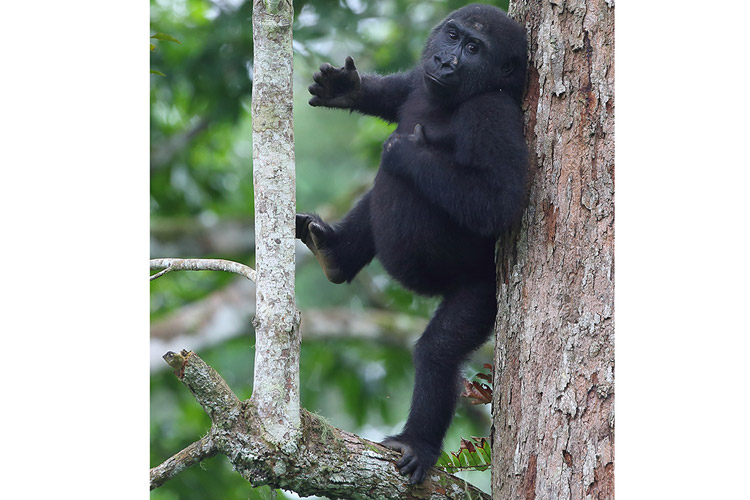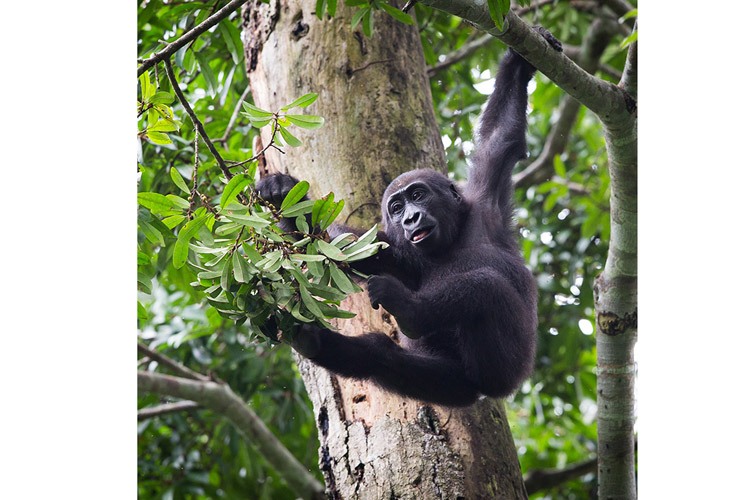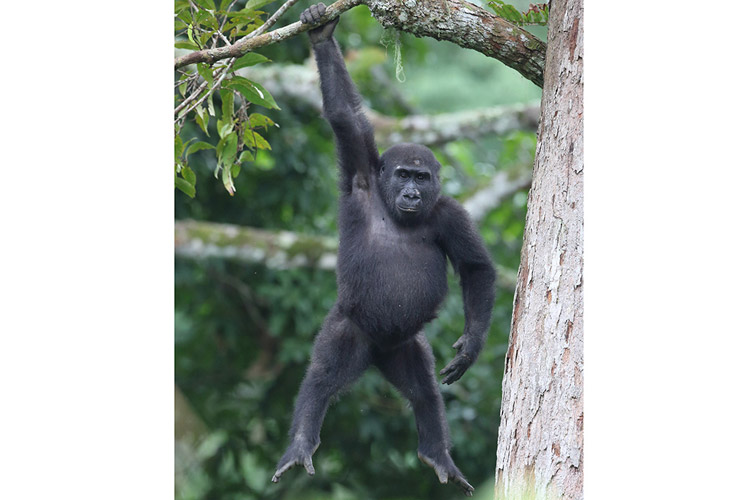Destination Focus: Congo & Rwanda Gorilla Safari Tour
Posted by Jonathan Rossouw
in Africa and Expeditions
Gather a bunch of wildlife enthusiasts, whether around a dinner table or a campfire, and one topic of conversation that invariably arises is the list of ultimate animal encounters. Predictably, the nominations begin by focusing on the biggest, most dramatic creatures, the African Savanna Elephant, Great Whites, bears, big cats, whales and the Whale Shark, and moves to the world’s most spectacular aggregations like the Serengeti migration or the Sardine Run, and then often includes votes for the bizarre and unusual, (some of which have been previously described in Kevin’s Journal entry Strange or Spectacular?
While obviously subjective, the quality that all these varied nominations share is an ability to move the observer at a subconscious, visceral level, and no wildlife encounter does this more powerfully than spending time with a family of gorillas. I have had the privilege of guiding guests to see gorillas over fifty times, and the response of first time visitors is remarkably consistent. Most describe being startled first by just how BIG they are, before moving quickly to an appreciation of marveling at how gentle they are with one another, and how accepting of the humans in their midst. Youngsters play-fight at the feet of the immense Silverback, beating their tiny chests as they aspire to the heights achieved by their gigantic father; a mother nurses her infant, cradling him in her arms and looking down with an expression of affection, before releasing him to totter off to join his playmates, but not before tenderly caressing his head with her wrinkled hand; and, perhaps most disarmingly, teenage gorillas peer back at you, their curious, sentient brown eyes challenging all the misconceptions of “us” and “them” implicit in our Homo-centric world view. Quite simply, seeing a gorilla in the wild is like no other experience on Earth.
Until recently, the only gorillas easily visited by adventurous world travelers were the Mountain Gorillas of the Virunga volcanoes, which straddle the border between Rwanda, the Democratic Republic of Congo and Uganda, and those in Bwindi Impenetrable National Park, an isolated forest some 20 miles to the north. These jet black, long-haired primates and their cousins of the adjacent lowlands of the Western Rift Valley (known as Eastern Lowland Gorillas) together comprise the larger of the world’s two species of gorilla, made famous through the work of George Schaller and Dian Fossey, and the countless travelers who have returned home from the heart of Africa with their own breathless accounts of these greatest of apes.
The second species of gorilla is the Western Gorilla, separated from its eastern counterpart by 2,000 miles of the Congo basin and 2 million years of evolution. Smaller but still massive, it also differs in being somewhat greyer, with most males sporting a snazzy cap of rusty fur. For many people, this is the classic gorilla, its higher public profile resulting from it being the only one of the two gorillas to have been kept in captivity. Its range spans the lowland forests of West-Central Africa, wrapping around the Gulf of Guinea from extreme south-eastern Nigeria through southern Cameroon and Central African Republic to Equatorial Guinea, Gabon and the Republic of the Congo. Note, this is the Republic of the Congo, not the Democratic Republic of the Congo, its larger, unruly brother to the south of the river. This is important, not only because the former is stable and peaceful and the latter is most definitely not, but because it helps to explain the origin of the two gorilla species, their ancestors reproductively isolated by the mighty Congo River.
Remarkably, considering that its estimated global population of over 100,000 individuals outnumbers the Eastern Gorilla more than ten-fold, the Western Gorilla has been seen in the wild by a mere handful of researchers and intrepid travelers. A comfortable, new camp in the remote forests of Congo’s Odzala National Park is set to change all this, offering access to two fully habituated groups of Western Lowland Gorillas. In near silence guests are guided through the pristine rainforest by highly dedicated trackers. As if by receiving a telepathic message, they suddenly turn to announce the close proximity of the group. At this point, cameras are switched on and, to control human-disease transmission, surgical masks are donned. Fruit constitutes a much larger part of the diet of this western species than their mountainous counterparts, and family members are often found feeding happily on berries up in the trees, whilst youngsters swing noisily through the branches as if playing on a jungle gym. On some occasions the gorillas may also be found digging up roots from the forest floor, which is equally as exhilarating to observe. Throughout the hour of contact, one is aware of the tenuous acceptance spared our human group as these gorillas are far less habituated than the laid-back Mountain Gorillas of Uganda and Rwanda. But in a very real way, this virginity to human contact makes the encounter that much more electrifying, knowing that we are amongst the first human faces these animals have seen. To have their trust is a feeling that can only be felt by the heart and, to this day, after all I have seen and done, sharing some of the hours of my life with wild gorillas remains one of my most treasured experiences. The only thing that enhances a gorilla safari, is sharing it with fellow, awe-struck travelers.
Join Apex Expeditions on our Congo & Rwanda Gorilla Safari expedition to see both Mountain Gorillas and Lowland Gorillas on one unforgettable Africa adventure.

